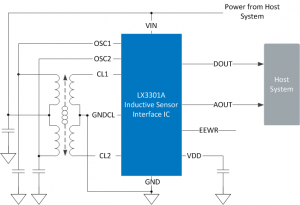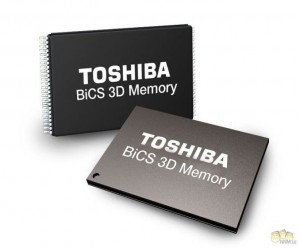Semefab, the Glenrothes CMOS sensor specialist, has said it expects margins to recover this year after making a loss of £582,930 in 2014 on sales that increased 15% to £9.06 million. In 2013 it made a profit of £127,065.
Semefab attributed the losses to circumstances outside its control:
- Extra staff taken on to cope with a rise in orders were not fully productive.
- There were unexpected rises in costs particularly energy cost.
- Investment in work in progress did not convert to revenue due to unforeseen events.
- The plant was shut down for two weeks to comply with a three yearly mandatory Fixed Wiring and Electrical Inspection.
Semefab is working with Swansea University and a commercial partner to develop a generic platform point-of-care diagnostic sensor.
The company had net current assets and shareholders’ funds of £1,189,619 and £4,051,401 respectively at the end of 2014.









